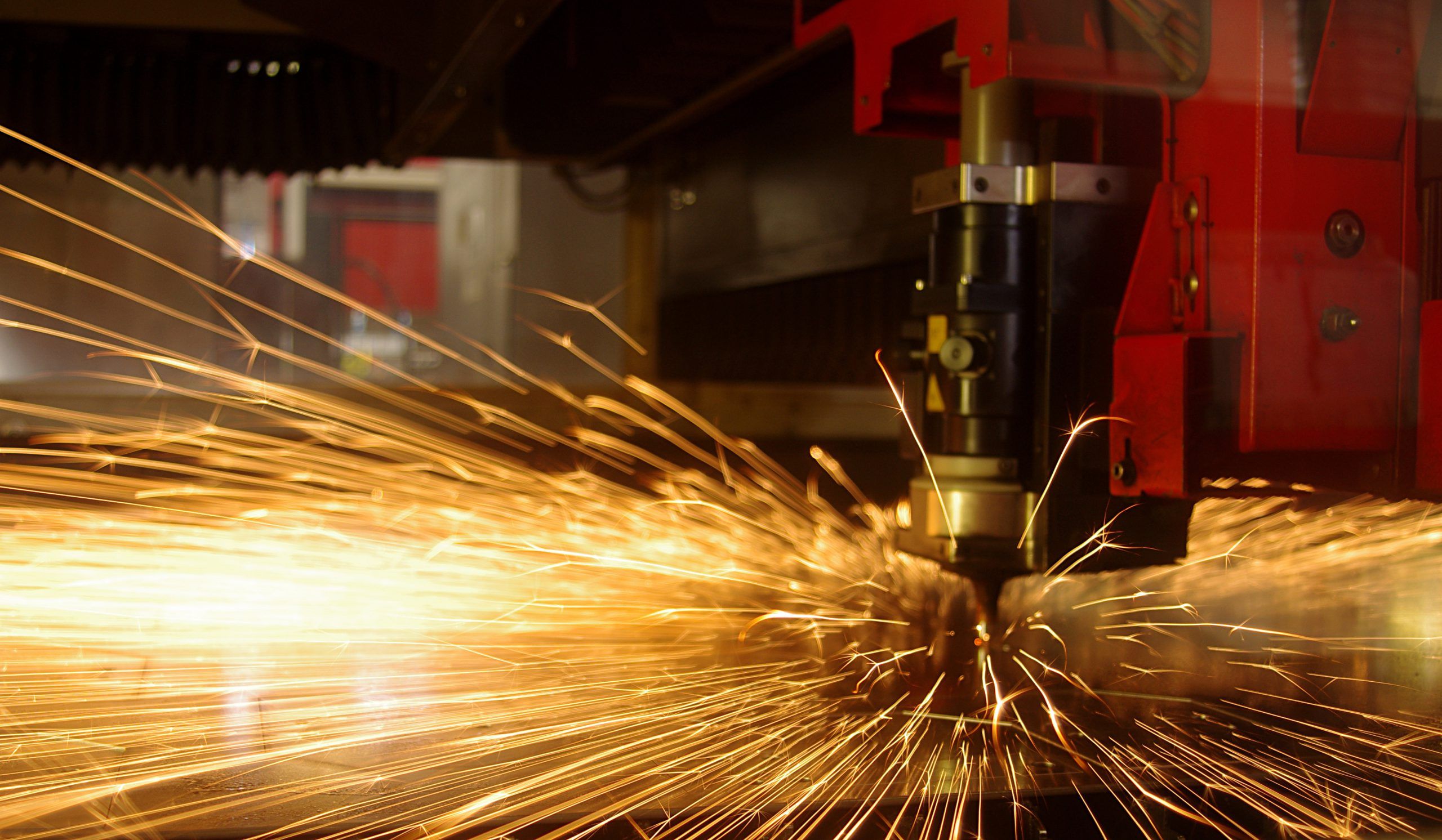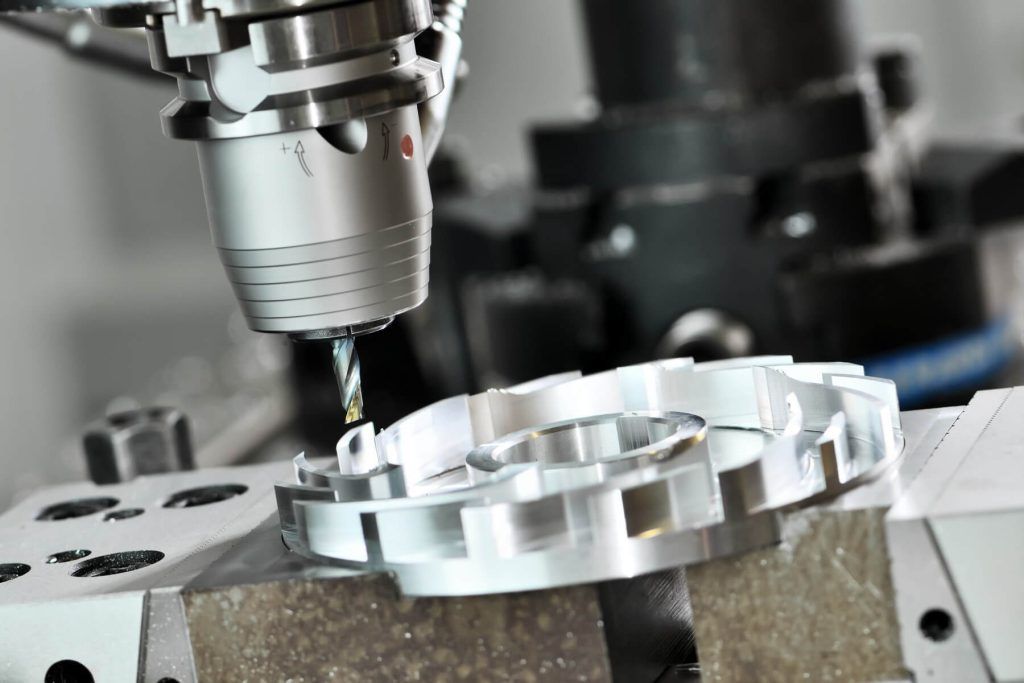Sheet metal fabrication

Sheet Metal Fabrication Processing
Sheet metal fabrication pertains to the various techniques of bending and shaping sheet metals. There are many kinds of equipment which are utilized for this purpose. Depending upon the nature of the task, you might have to utilize a broad range of devices that might vary from simple handmade tools to extremely sophisticated, large, automatic machinery.
The initial step is to make an engineering drawing. The raw material may proceed through a number of processes. The preliminary procedures include sheet metal functions like slitting, perforating, cutting, etc. Perforating is the process of making perforations, where perforations are holes made on a material. If the work involves heavier gauge materials, it’ll need heavy tools like power-operated bench shears.

Machining can also be done with simple cutting tools like hand scissors. There are several kinds of power-driven shearing machines available, but the fundamental functionality remains the same in all of them. They all contain a mobile blade and a flexible blade. Shearing means cutting the materials without formation of chips ,ie almost perfect cutting using a straight blade usually. With regards to giving the raw materials a suitable form, the cutting and burning techniques are utilized. Tools like band saws are utilized for cutting methods, whilst the tools used to get the burning methods might include laser cutting tables and cutting torches. “Punching” refers to the techniques of sheet metal manufacturing where a punching machine is used. With the aid of this machine, a hole is perforated in the metal object for a required specific purpose. The removal of the surplus metal will be known as clipping. It presses along with other comparable types of machines that bend or fold the sheet metals.

Other operations involved with this process might include beading, crimping, creating, seaming, bouncing, and others. Such procedures are mainly utilized to stiffen the sheet metals to give them a certain shape, like forming tubular sections to get circular shapes. Folding and bending operations, on the other hand, are mainly utilized to form sections and angles.
The various kinds of tools used for shaping procedures include hydraulic brake press, rolling machines, wheeling machines, and pipe bending machines. The roll-forming machine, for instance, is helpful in making cylindrical or circular shapes, like tubes. Press-forming operations can also include embossing and cupping. A metal fabricator often has limited machining abilities, but nonetheless mills, metal lathes, and magnetic exercises can offer effective outcomes.
Ready to elevate your sheet metal fabrication skills? Explore our resources or contact us for expert guidance and support tailored to your specific needs. Whether you’re a beginner or a seasoned professional, we’re here to help you succeed in your fabrication endeavors!
At Nhat Nam Mechanical, we are dedicated to helping you elevate your projects with our expertise and commitment to excellence. If you’re looking to enhance your operations and ensure high-quality results, don’t hesitate to reach out to us. Let’s work together to turn your vision into reality!
Other posts
Services
OUR FACILITY
- No. 36 Garland - Phuoc Dien, 72 Duong Dinh Hoi, Phuoc Long B Ward, District 9, Ho Chi Minh City
- +84 964 084 479
- 0938 77 15 08
- 0313681357
- tranquy@cokhinhatnam.vn
- cokhinhatnam.info@gmail.com


